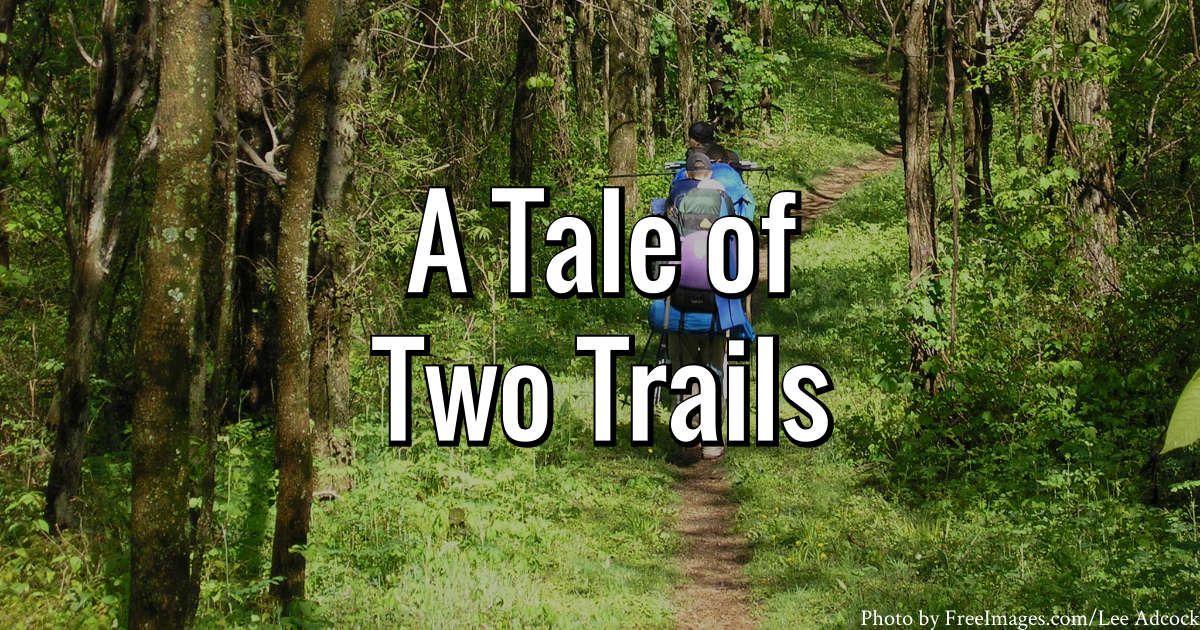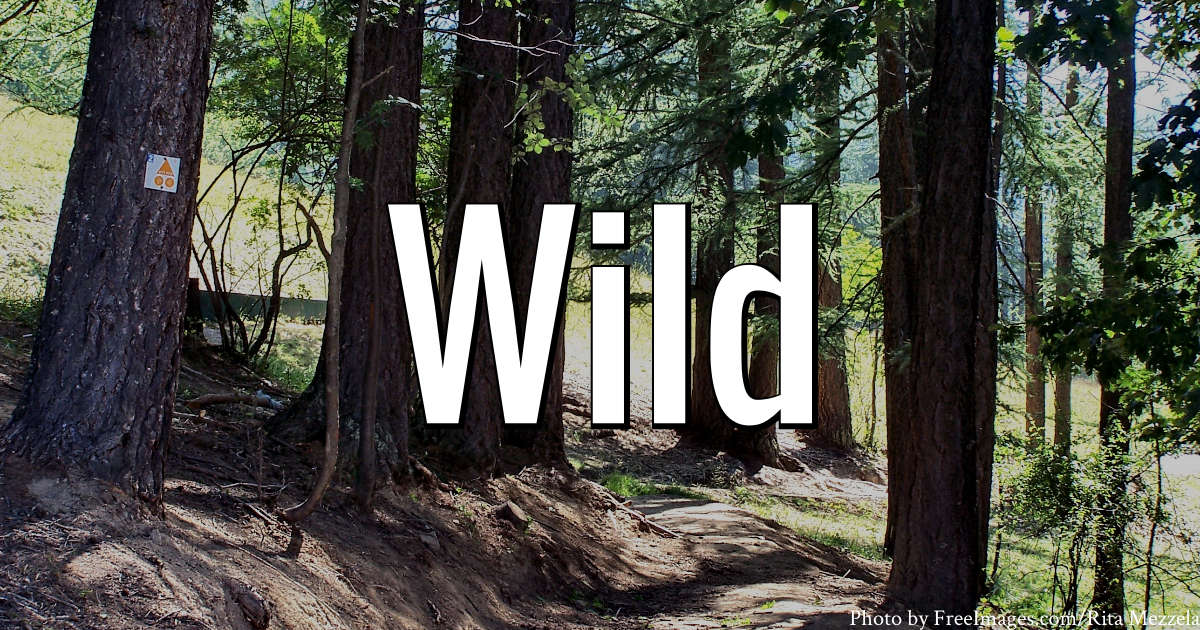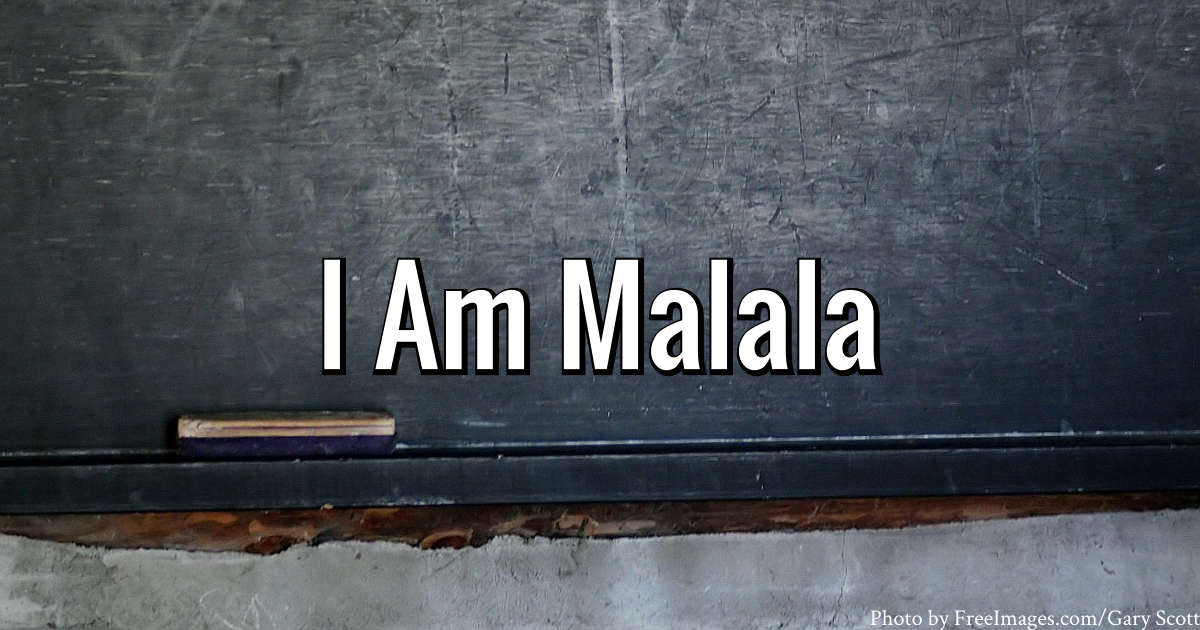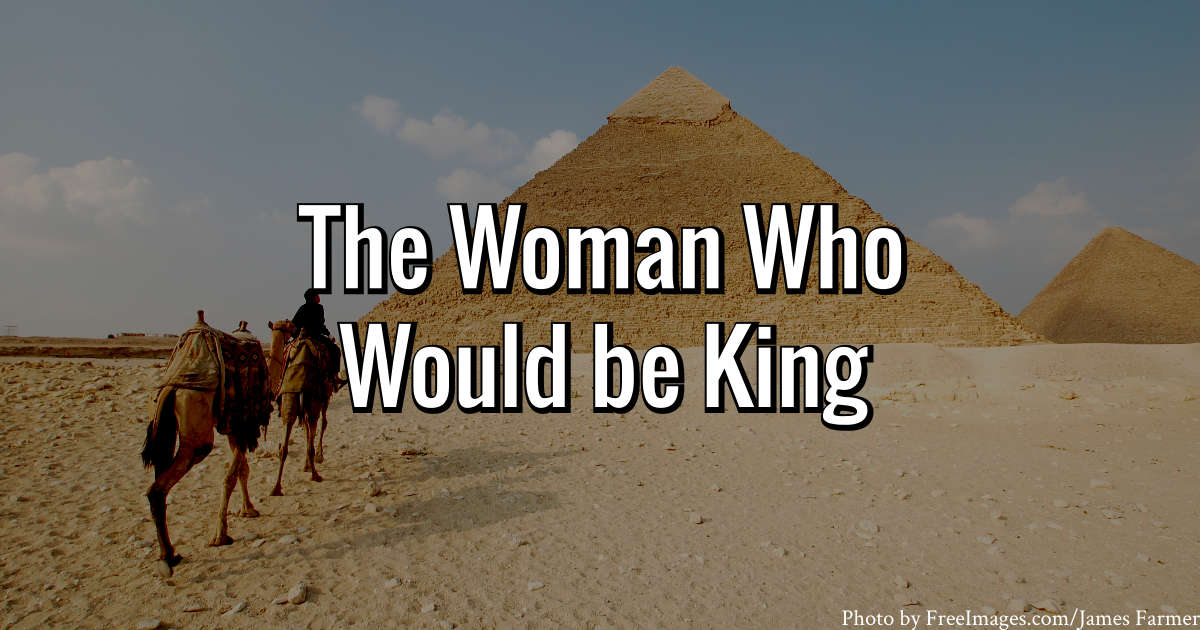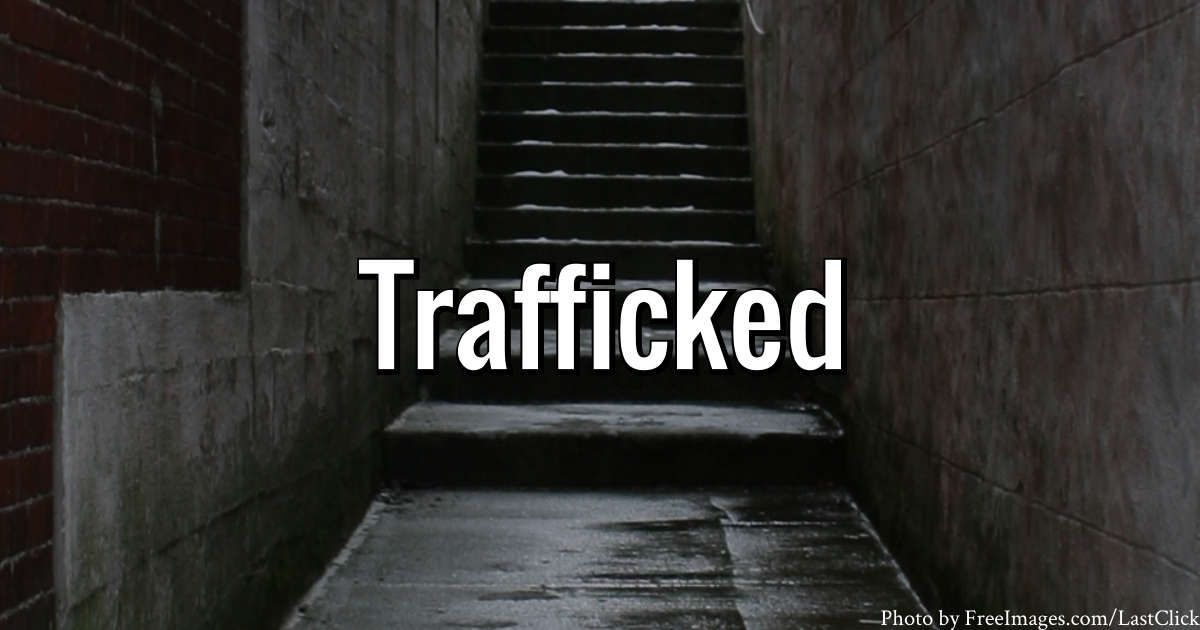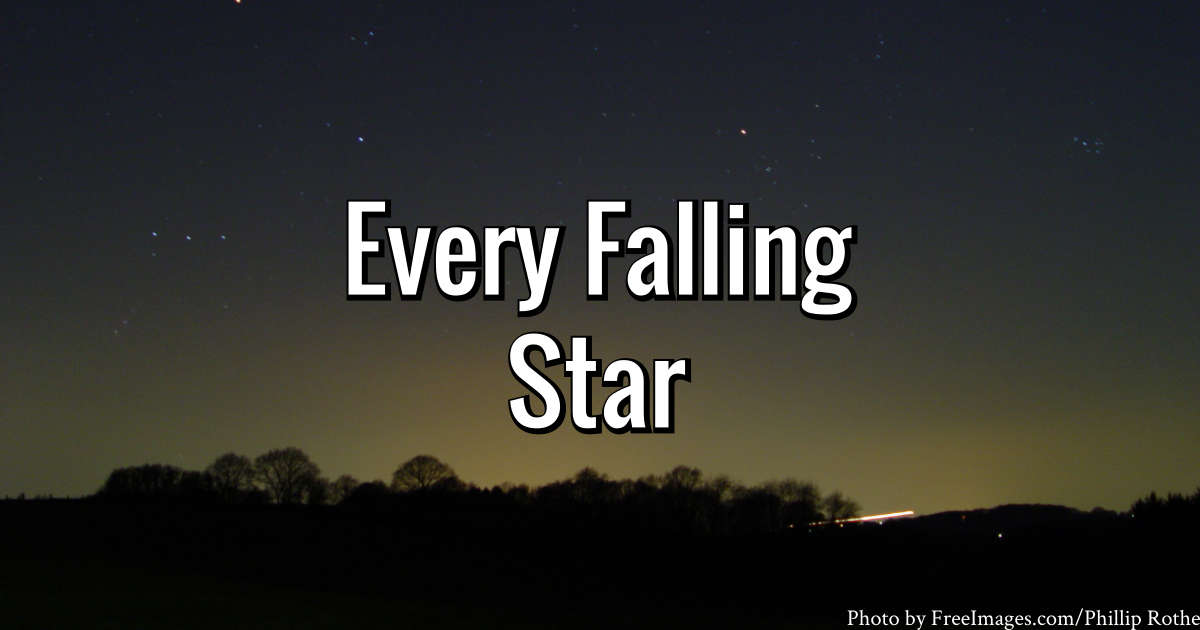If after reading Wild you feel inspired to go on a long hike, you may find yourself pondering the differences between the Appalachian Trail (AT) and the Pacific Crest Trail (PCT). While Cheryl Strayed (the author of Wild) traveled the PCT, the AT is another great option for anyone looking to complete a long hike. In 1968, the National Trails System Act became law and made the AT and PCT its first two trails. While these two trails have a lot in common, they have many things that make them unique.
The Appalachian Trail is 2,190 miles long and goes through fourteen states. Those who choose to hike its length will cross through Georgia, North Carolina, Tennessee, Virginia, West Virginia, Delaware, Maryland, Pennsylvania, New Jersey, New York, Massachusetts, Vermont, New Hampshire, and Maine. Thousands attempt a thru-hike each year, but only about one in four complete that journey. A typical hiker takes about five to seven months to hike the entire trail.
The Pacific Crest Trail is the longer of the two trails, spanning 2,650 miles. It runs from the Mexican to the Canadian border, going through California, Oregon, and Washington. Although an especially athletic hiker can make it in 100 days, a more typical hike takes five to six months. Considering all expenses, many find that this journey costs them $4000-$8000, depending on how their money is spent. Some spend even more if medical emergencies arise or if they choose expensive lodging along the way.
Unique Qualities of the Trails
There are many things that makes the Appalachian Trail unique. Although it is nearly as long as the PCT, some of its conditions make it easier to traverse. While a hike of this magnitude still requires training, hikers on the AT will find 250 shelters along the trail. These shelters are available on a first come, first serve basis and allow extra protection from the elements. Hikers on the AT also only need to carry food and supplies for three to six days at a time, since there are towns to get supplies in frequently along the trail. Despite being the older of the two trails, the AT had the more modern website. The website also appeared to have many articles that tried to appeal to a broader audience with the trail’s more modern feel.
The Pacific Crest Trail also has things that make it stand apart from other trails. While many may see the modernity and conveniences of the AT appealing, the design of the PCT is intentional. They have intentionally limited the number of signs to only include signs at junctions and every couple of miles so that hikers will have a true wilderness experience on their thru-hikes. Unlike the AT, which is for walkers only, the PCT allows its visitors to ride the trail on horseback. For some, the highlight of this trail is being able to climb Mt. Whitney, the highest point in the United States. Despite this trail’s rural charm, there are places to restock along the way. Some who have taken their phones with them even claim to have reception along about 70% of the trail.
Similarities between the Trails
The websites for the AT and the PCT (where I got all of my information) make special note of being sure that those who want to do something special for hikers Leave No Trace. When a person does something kind for a hiker, it is called “trail magic” and that person is called a “trail angel.” While these people often set up at trail heads and prepare meals or offer showers and shelter, some have begun to leave coolers with food in them along the trail. Both the AT and PCT websites asked that trail angels not do this, as it leads to litter problems when animals get into them. Those who wish to do something kind for hikers are encouraged to do so in person. Hikers are also encouraged to use judgement when accepting things from strangers.
In addition to this similar culture of kindness with trail magic and trail angels, the two trails have other major similarities. They are both long trails that span multiple states. Despite their different hiking experiences and climates, they also have a similar hiking time for the average person. A hiker who plans to hike either of these two trails will need to plan their hike and prepare by getting their supplies, training their bodies, and making sure loved ones know where they are and when to expect to hear from them. While the AT does not require as many permits as the PCT, some permits are needed for some camping sites. Any hiker planning a trip of this magnitude will likely spend more time planning than hiking.

